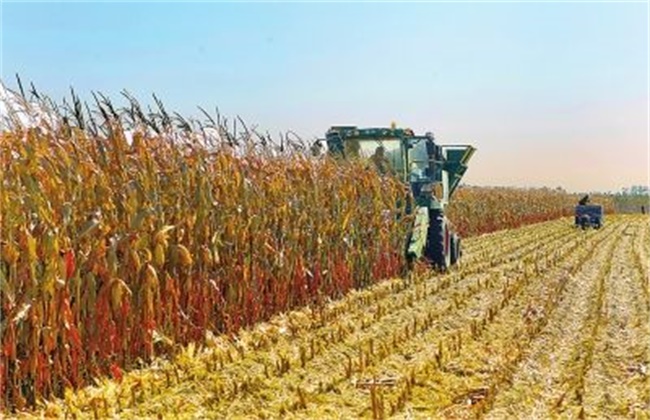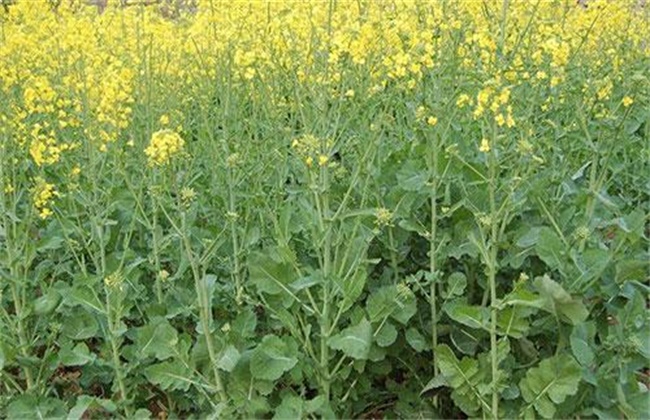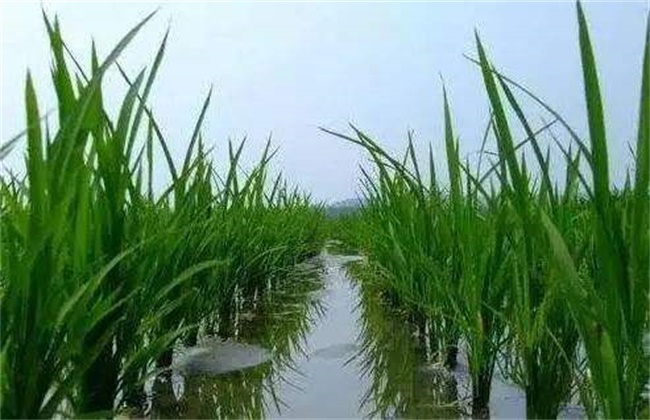Drought Resistance measures of Maize in the later stage
When the climate is dry, maize often persists in the later stage because of lack of water, especially in the filling stage of corn, which is the period with the greatest demand for water and the most sensitive period to water shortage. In order to deal with the drought, through scientific field management, disaster resistance and damage reduction, to ensure a bumper corn harvest, the following with the editor to understand it.

1. Early irrigation
It is necessary to make full use of water-saving projects, give priority to ensuring the water use of high-yield fields and critical points of water shortage, and at the same time, according to the growth of seedlings and the change of soil moisture, take shallow watering in time to maintain the normal filling and fruiting of plants. Where conditions permit, drip irrigation, sprinkler irrigation and furrow irrigation can also be adopted to replenish water in time and expand the irrigation area.
2. Topdressing to promote growth
Combined with irrigation, apply spike fertilizer in time, generally apply 10-20 kg urea per mu, pay attention to side deep application, avoid surface application, promote root downward binding, enhance root absorption capacity of water and nutrients, and make stem stout. In the later stage of grain filling, foliar fertilizer or plant growth regulator should be sprayed in time, 0.5-0.7 kg urea plus 0.2 kg potassium dihydrogen phosphate and 50-100 kg water per mu. This can not only reduce temperature and humidification, but also increase the moisture of ears and leaves, speed up irrigation ripening, and increase grain number and grain weight.
3. Scientific field management
Shallow ploughing should be done once after 1-2 days of irrigation to break the soil consolidation and reduce water evaporation. In the later growth stage, measures such as releasing autumn ridges, cutting open plants and tapping bottom leaves can be taken to improve the permeability of the field, reduce the possibility of disease infection and ensure full filling. For corn fields with serious yield reduction, silage should be carried out in time to minimize the loss as far as possible.
4. prevention and control of diseases and insect pests
We should pay close attention to the occurrence trend of diseases and insect pests such as corn borer, third-generation armyworm, aphids and leaf spot, and start prevention and control work at the right time. When using chemicals to control, we should timely grasp the timing and dosage of chemical control, and appropriately increase the frequency of pesticide application. reduce the concentration and improve the control effect.
The above is the introduction of drought resistance measures in the later stage of corn. I hope it can help you. If you want to know more about it, please follow us.
Related
- The first cup of black tea in spring, the flavor and history of tea gardens in Kenya, Africa
- The computer can not only choose potatoes, but also grow tea rice. AI will grow winter oolong tea champion.
- It is not only the inflated tea bitten by insects, but also engraved with the four seasons tea in Beipu.
- The Oriental Beauty Tea Festival in Zhuxian County takes the stage at the weekend to experience the plus-size feast of oil tea.
- & quot; Oriental Beauty Tea & Exploration of Emei in Hsinchu, the hometown of quot;
- The new variety of strawberry "Tainong 1" dessert is the first choice with mellow aroma. Crimson gorgeous
- History of Tea in Taiwan: from Wild Inner Mountain to Export Tea Garden
- Two types of Taiwan Oriental Beauty Black Tea won the British three-Star Award for Childhood Tea Xiang Zhang Jiaqi changed from pilot to champion tea maker.
- Banana species and varieties: the planting history of Taiwan Xianren banana and dwarf banana is long, is banana disease resistant?
- Coffee planting Technology: Qianjie Coffee from Seedling to harvesting



